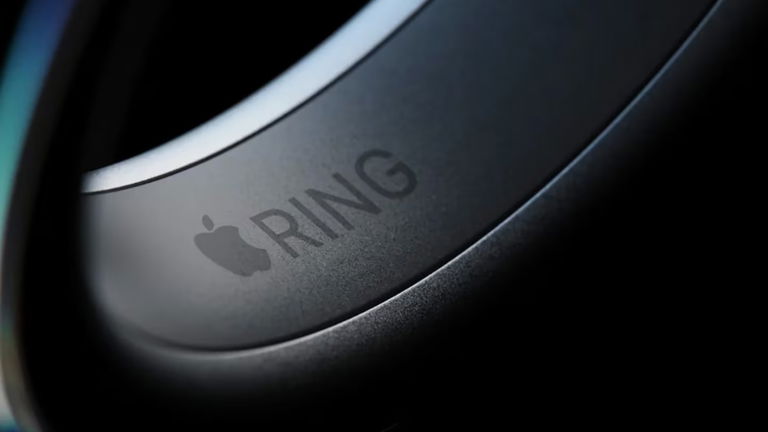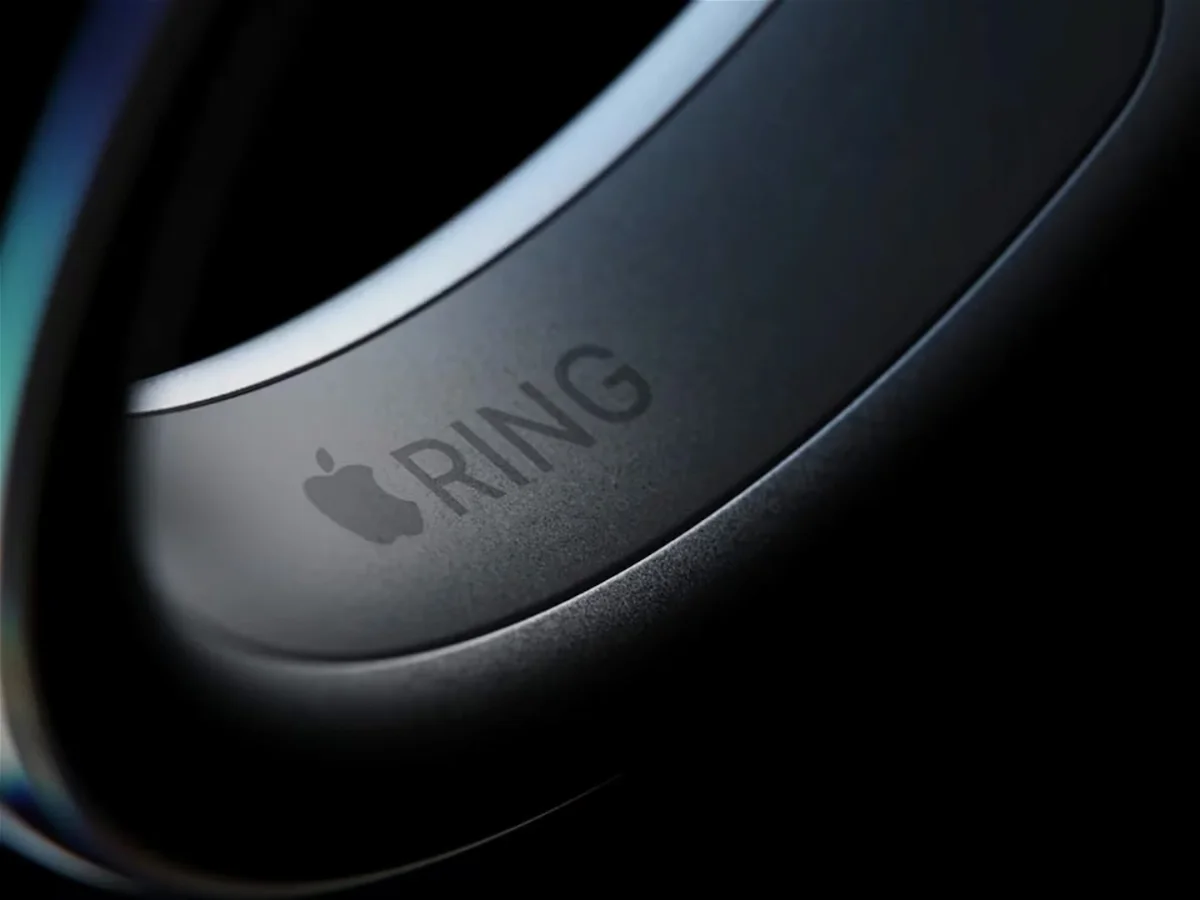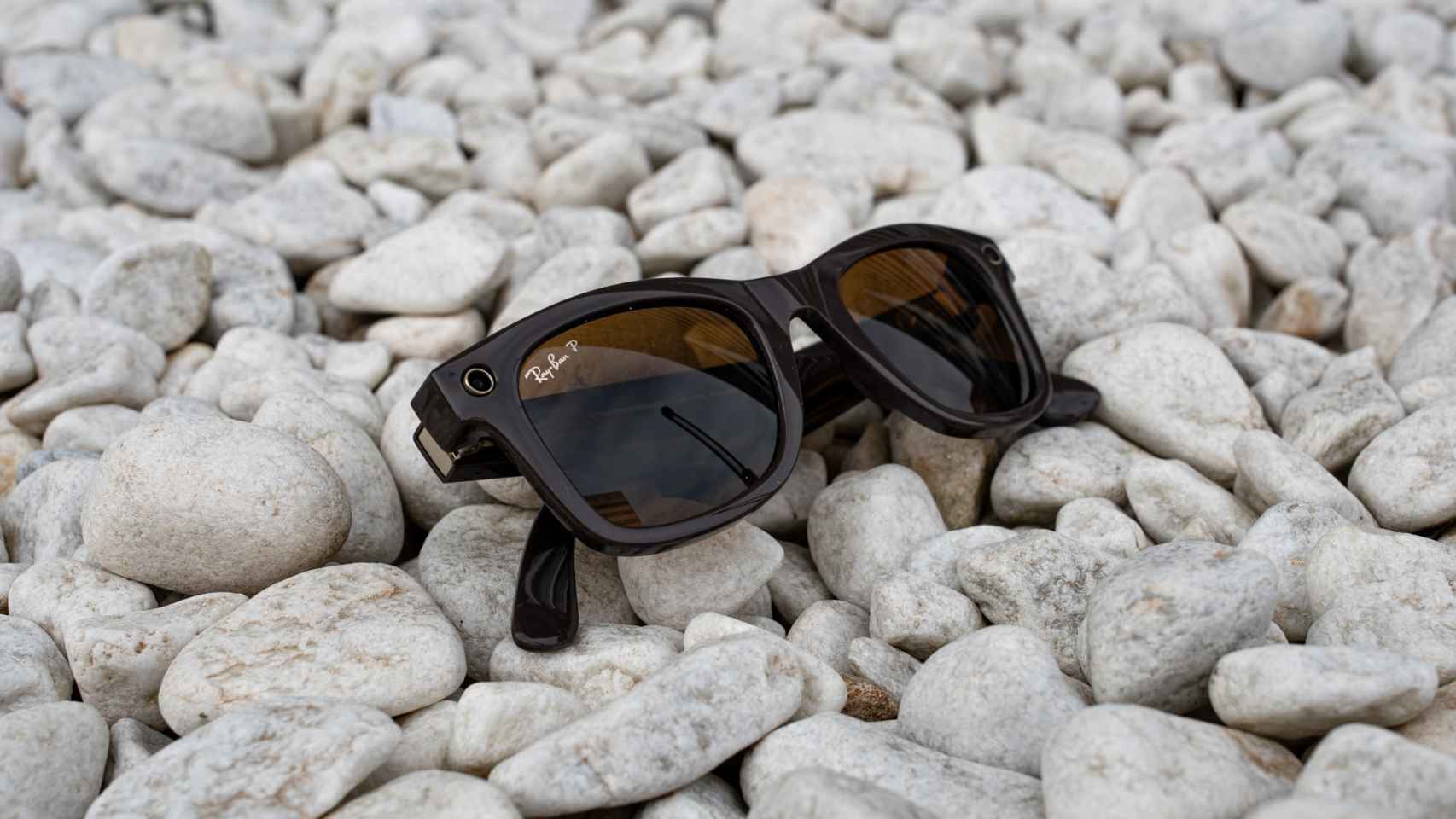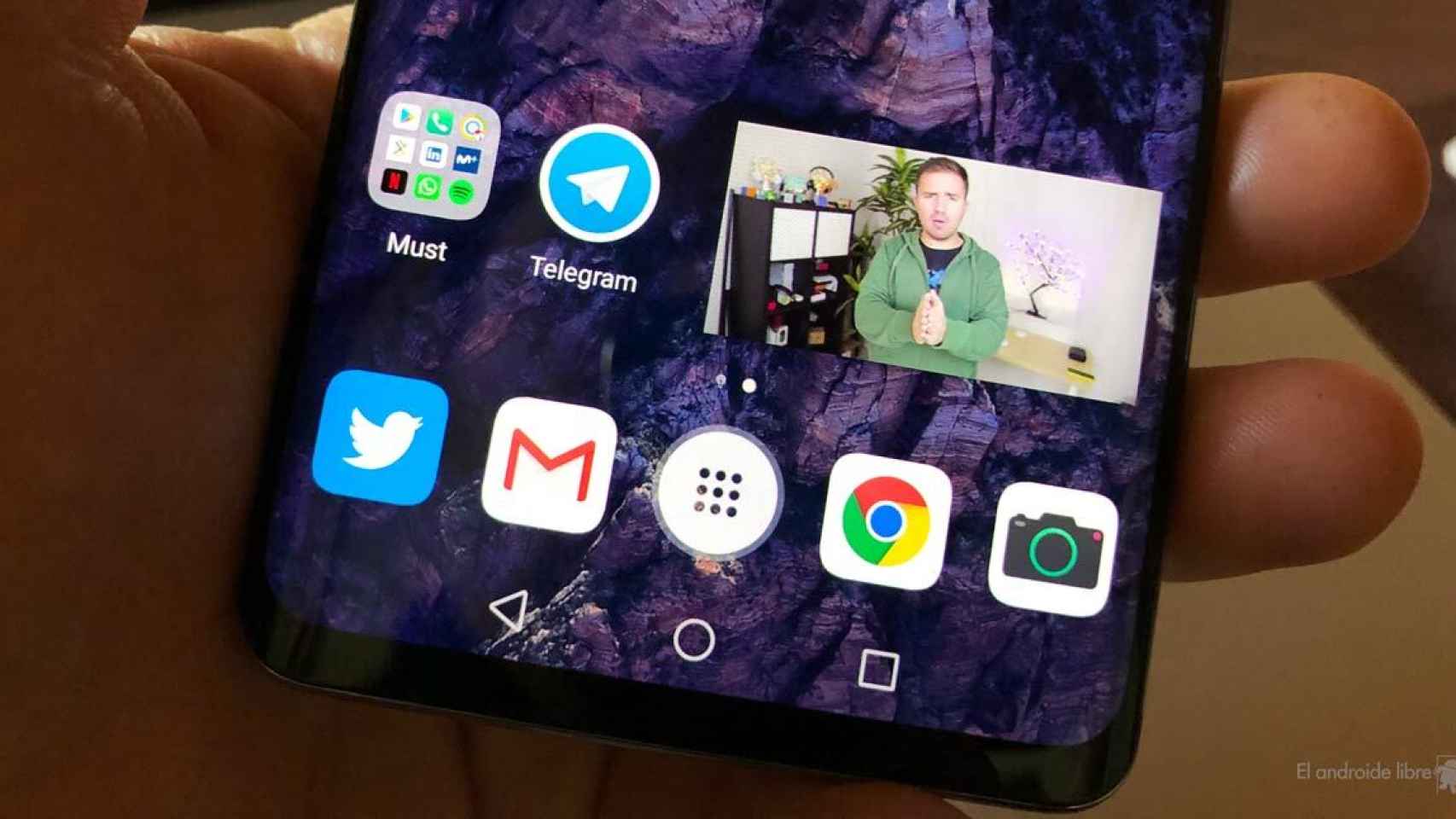One more patent linked to Apple’s smart ring even though it seems that nothing makes sense anymore, a product that may no longer be necessary

On previous occasions we have already told you about Apple’s smart ring, patented for different uses. In fact, a few days ago a report was leaked in Korea and the fact that Apple was about to apply for new patents to accelerate said project. The reality is that today they have obtained a new patent although already contradicting reports that the project is not finished
What’s true (or not) about Apple’s smart ring?
This ring, according to the recently issued patent, It will be used as an input device intended to be a health sensor. A project that has been going on for over a decade and was called iRing at the time. This is a clear sign that Apple can patent everything and still have nothing clear for a product in a future launch.
Mark Gurman, for his part, countered the mood by stating that th is ring was an “idea thrown around without having a current plan.” There are people within Apple promoting the concept but so far there is nothing clear or an active plan.

Apple Ring as an input device for Vision Pro
Latest patent granted concerns a ring that will work as an input device for AR/VR headsets. (Apple Vision Pro, is that you?) Apparently there could be multiple units that can converge to resemble a functional body type, that is: a support structure that will detect all movements using sensors. It will recognize finger pressure, sideways movements and finger taps, providing haptic output like an iPhone today.
An input alternative to interact with Vision Pro?

Mechanism of use when placing several rings on the hand according to the Apple patent
It is very strange that until now we are talking about how to interact with Vision Pro when it has already become clear that it will be a product that we can use with eyes, hands and fingers. This patent would reflect a mechanism for using Apple glasses but it will no longer be necessaryunless Apple provides a second use for it.
Will the Apple ring idea be abandoned? It will be difficult to see to what extent the right approach is necessary, but with so many alternatives already existing, including the one recently introduced by Samsung, the patent granted today seems to mean nothing.








